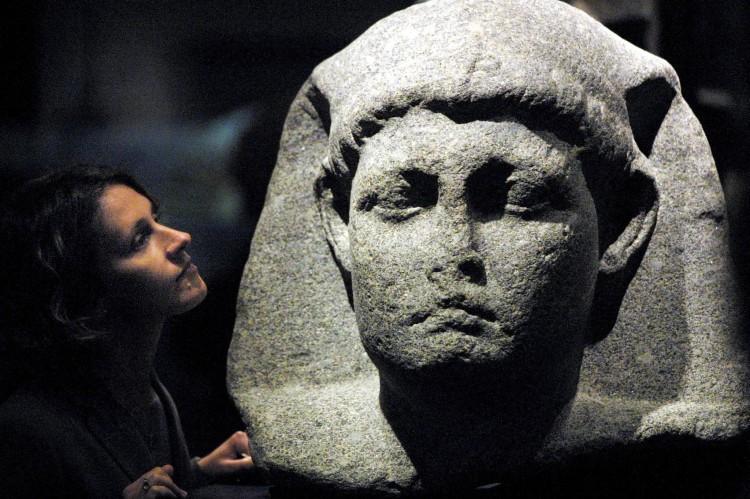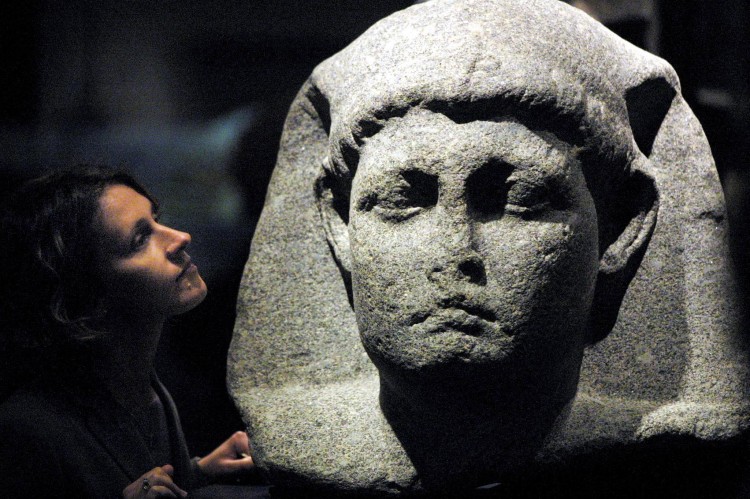Cleopatra’s murdered sister, Arsinoe IV, who was said to be murdered by the Egyptian pharaoh had her remains identified. An archaeologist said she found sister’s bones in a ruin known as the Octagon in Turkey.
Cleopatra’s Murdered Sister: Pharaoh’s Murdered Sister Identified
Cleopatra’s sister, Arsinoe IV, who was said to be murdered by the Egyptian pharaoh had her remains identified. An archaeologist said she found sister’s bones in a ruin known as the Octagon in Turkey.

A photo shows one of the statues of Cleopatra in London on April 2001. Adrian Dennis/AFP/Getty Images

Jack Phillips
Breaking News Reporter
|Updated:
Jack Phillips is a breaking news reporter who covers a range of topics, including politics, U.S., and health news. A father of two, Jack grew up in California's Central Valley. Follow him on X: https://twitter.com/jackphillips5
Author’s Selected Articles





